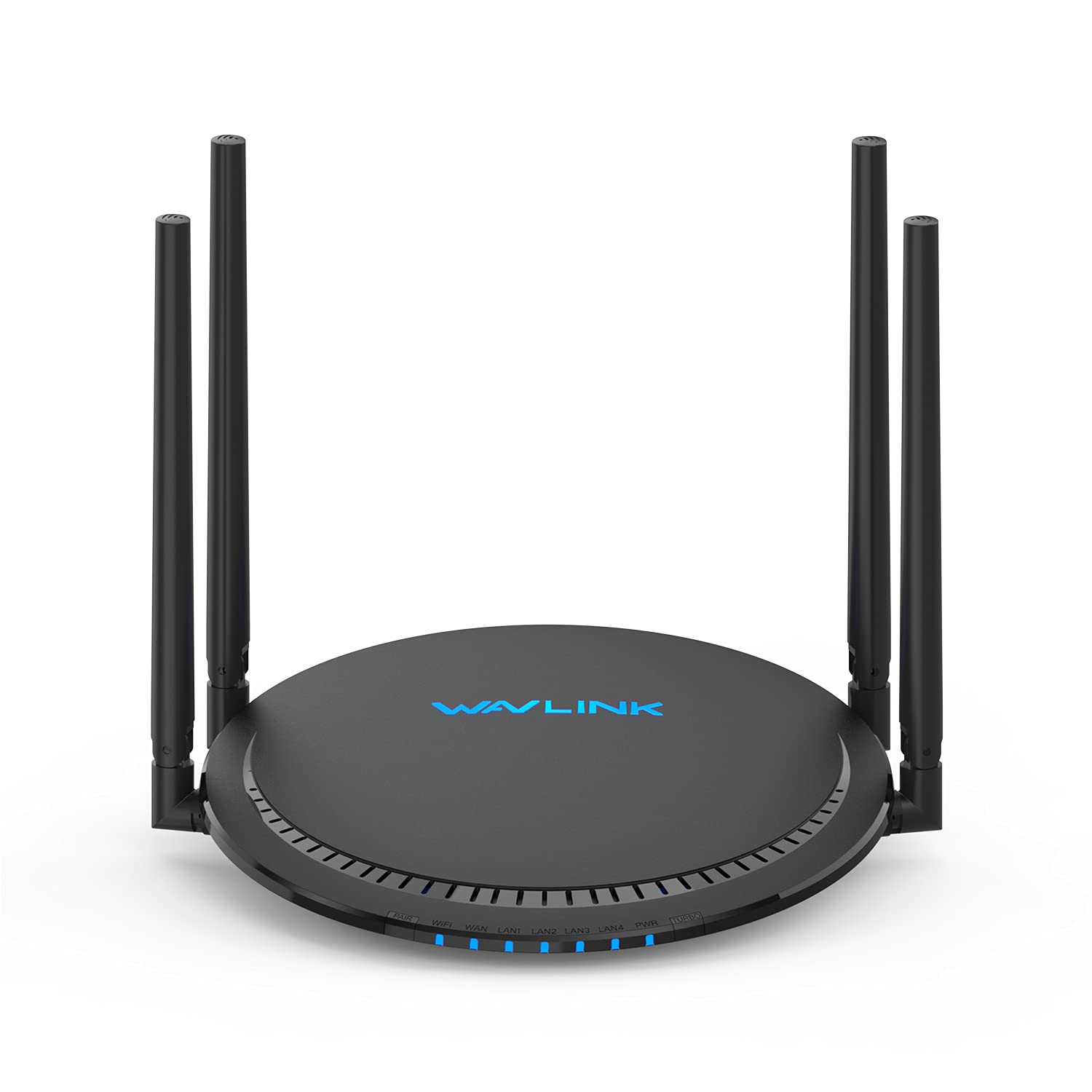
If your Wavlink extender won’t connect to the 5GHz network, the problem usually comes down to one of three things: range, compatibility, or setup missteps. It’s that simple — but finding which one is messing with your connection can feel like digging for a needle in a pile of blinking lights.
I ran into this last week helping a friend set up WiFi in his workshop. The 2.4GHz band showed up instantly. The 5GHz? Nowhere. It feels like dial-up in disguise. You start second-guessing everything: Did I miss a step? Is my router broken? Is this thing even dual-band?
The truth is, this isn’t just some quirky glitch — there’s a reason your Wavlink extender won’t latch onto that 5GHz signal, and once you know what to look for, fixing it gets a whole lot easier. So, grab your coffee, your patience, and maybe a small screwdriver (just in case). Let’s solve this thing — together.
Why Won’t My Wavlink Extender Connect to 5GHz?
The 5GHz issue isn’t unique to Wavlink, but it tends to pop up more than it should. Here are the most common culprits:
1. Your Router’s 5GHz Band Isn’t Enabled
First things first: make sure your router is even broadcasting the 5GHz signal. It might sound obvious, but many routers have this turned off by default, especially older ones. Log into your main router and verify that 5GHz is enabled. If it’s not, your extender has nothing to connect to.
2. The Extender is Out of 5GHz Range
Here’s the tricky part — 5GHz is faster, but it doesn’t travel as far as 2.4GHz. If your Wavlink extender setup is done too far from the router, it simply won’t pick up the 5GHz band. Move it closer during setup. Once it’s connected, you can try repositioning it, but don’t expect miracles with concrete walls or multi-story houses.
3. Manual Setup Went Wrong
During the Wavlink extender setup, if you’re doing it manually (via the browser method), you might’ve accidentally selected only the 2.4GHz option or skipped the 5GHz band altogether. Don’t assume it auto-selects both. Go back into the setup interface and double-check your selections.
4. Firmware is Outdated
This is one catches people off-guard. If your extender’s firmware is old, it may not support new 5GHz protocols, or it might just be buggy. Head over to Wavlink’s support page, find your exact model, and update the firmware manually. Yes, it’s a bit of a hassle — but it’s often the quick fix.
5. Channel Interference
5GHz has more channels than 2.4GHz, but that doesn’t mean they’re all clean. Some routers default to DFS (Dynamic Frequency Selection) channels that extenders can’t see. You’ll need to go into your router’s settings and change the 5GHz channel to something non-DFS (like 36, 40, 44, or 48).
6. Your Extender Doesn’t Support 5GHz (Yes, Really)
Not all Wavlink models are dual-band. It might sound silly, but check your extender’s specs. If it only supports 2.4GHz, no amount of troubleshooting will fix that. You’ll need a dual-band model for 5GHz support — ideally one that mentions AC1200 or higher.
What To Do — Step-by-Step
If you’re still stuck after checking the points above, here’s a simple process that usually solves 90% of 5GHz issues:
-
Reboot everything. Modem, router, extender — full restart.
-
Connect via browser. Go to wifi.wavlink.com (or 192.168.10.1) from a device connected to the extender.
-
Run the Wavlink extender setup again, this time carefully selecting both 2.4GHz and 5GHz bands.
-
Position it properly. Keep it within 25-30 feet of the router during setup.
-
Check for firmware updates. Download from Wavlink’s site and install manually.
-
Switch 5GHz channels. On your main router, use channels like 36 or 44, not DFS.
Final Words
We hope, now you know that if your Wavlink extender fails to connect to the 5GHz network, you dont have to panic. You have to identify the source. The problem is fixable whether it’s a weak signal, obsolete firmware, poor setup, or just the wrong extender for the job.
The secret is to slow down, review the fundamentals, and move systematically. Most of the time, people ignore little details—like DFS channel interference or a deactivated 5GHz band on the primary router.
Learn about your device. Knowing what you are dealing with can help you to clearly see the solution.
Basically, the 5GHz connection should function once your Wavlink extender is correctly configured; and, when it does, the speed variation is worth every minute you’ve spent debugging.
FAQs
1. How can I find out if my Wavlink extender is compatible with 5GHz.
See the box or manual guide for words like “dual-band,” “AC1200,” or “5GHz.” You can also check on Google by entering your model number as well.
2. Can I set up my extender using only 5GHz?
Yes, during the Wavlink extender setup, you can choose to only connect to the 5GHz band — if your extender supports it.
3. Why does my extender provide 2.4GHz instead of 5GHz?
It might be out of range; the 5GHz is off on your router; or your extender does not support it. Examine every alternative.
4. What’s the best place to put my extender for 5GHz?
Midway between the router and where you need coverage. Avoid placing it behind thick walls or metal surfaces.
5. How do I update my Wavlink extender firmware?
Visit Wavlink’s official site, find your model, download the firmware, and upload it via the extender’s web interface.